National Overview
Happy May Day! Two fronts with their associated surface lows continue to move north and east across the region. The boundaries of these marked the northern extent of the heavy migration last night as you can see below (just trace the line of storms from south Texas through the Plains, up the west side of the Appalachians and into the Northeast). As this system continues to move north and east over the next few nights, so will the heaviest movements of birds.
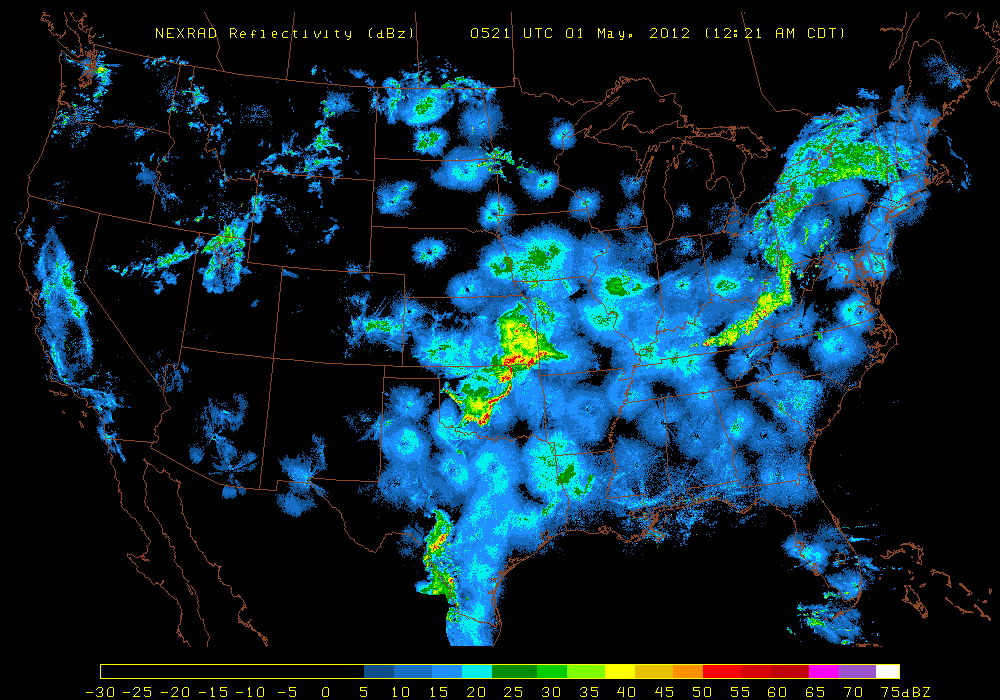
Below are the radar loops from sunset last night through 5:00am (central time) this morning
Since I will be publishing “as I go” each morning you may see some incomplete posts throughout the early morning hours. Don’t worry- it’s coming!
Mid Atlantic
Delaware & New Jersey
Frames are every 1/2 hour. Click on the thumbnail to view the full-sized animation.
BOOM! That’s the sound I made last night when I checked the radar around 11pm EST. Birds were CRANKING through the Mid Atlantic last night on SW winds. You can see from the velocity plots that birds started out moving on a SSW->NNE trajectory but quickly moved to a more WSW->ENE flight path as the surface low approached. All migrant traps through the region should hold new birds today, but (except maybe for Garret Mountain) coastal sites from Sandy Hook to Cape May should have the best concentrations of birds. Western Long Island and State Island should see new birds as well this morning (go get ’em Dougie!). Go Birding- and be sure to let us know what you’ve found!
Upper Midwest
Iowa & Illinois
Frames are every 1/2 hour. Click on the thumbnail to view the full-sized animation.
New birds did arrive into Iowa last night as can be seen in the reflectivity where densities increase from the south throughout the night. In terms of numbers, though, this push was small in comparison to what’s still south of us, so birders around Davenport should see some turnover but no major concentrations of birds yet. Farther east, strong upper level westerly winds pushed birds to the Lake Michigan shoreline last night so birders around Chicago should consider checking the parks in that area today.
Wisconsin
Frames are every 1/2 hour. Click on the thumbnail to view the full-sized animation.
Less migration was evident over Wisconsin last night as westerly winds gave birds pause across the eastern part of the state. Birders from the Door Peninsula to Milwaukee should be able to find nice pockets of migrants along the lake shore this morning, but the real fun is yet to come once this surface low pulls north of us. In the west we saw less wind influence and therefore migration progressed as expected. The La Crosse radar showed some light to moderate movement with most birds heading straight north. No fallout conditions expected throughout the south and central parts of the state. To find out about the northern reaches, be sure to check Max’s North Woods BIRDAR site.
As always, woodcreeper.com depends on YOU to report your sightings and be our ‘eyes on the ground’, so please come back and give us an idea of how we’re doing predicting birding conditions in your neck of the woods.
For migration updates in other regions check-
Michigan’s Upper Peninsula – The Northwoods BIRDAR by Max Henschell <- NEW!
New England – Tom Auer’s blog
Florida/SE – Badbirdz Reloaded by Angel and Mariel Abreu
PA/Ohio Valley – Nemesis Bird by Drew Weber
NW Ohio – Birding the Crane Creek by Kenn Kaufman
Arizona – Words About Birds by Tim Schreckengost <- NEW!
Pac NW – Birds Over Portland by Greg Haworth
Continental US – eBird BirdCast Forecast & Report by Team eBird
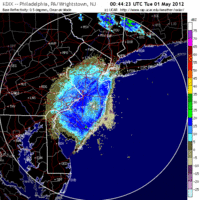
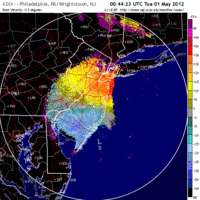
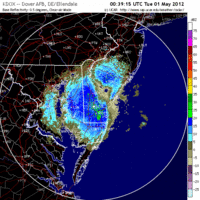
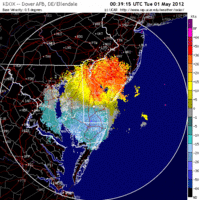
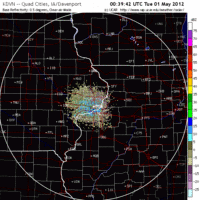
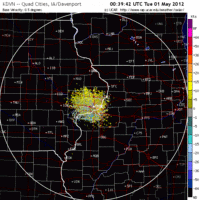
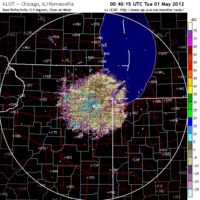
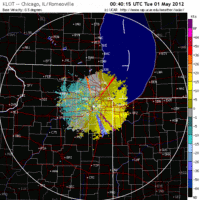
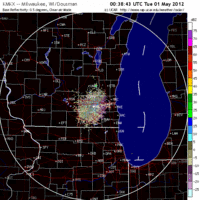
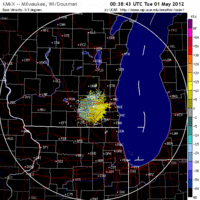
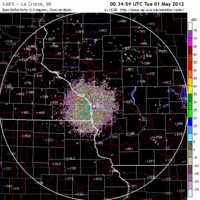
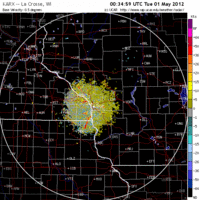
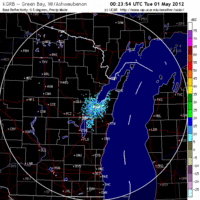
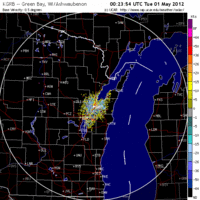
3 responses to “Migrants head north and begin the next big wave”
I had high hopes for some fallout this morning with the band of thunderstorms that pushed through central NJ a little before dawn, but it was not to be. Rutgers Gardens had some migrants around, but again numbers were low. One Hooded Warbler and two Scarlet Tanagers were new from yesterday. There was also a noticeable increase in Ovenbirds and Gray Catbirds. Other than that, most of the Rumps seem to have cleared out. I had single Blue-Winged, Black and White, and BT Blue Warblers and one Red-eyed Vireo.
Hit Sandy Hook with great optimism as well, got there before 5 (park opens at 5, but we have a scientific permit) and had some birds in the road (pretty sure most of them were yellowthroats) which can be a good sign. as soon as I opened the nets it started pouring so closed and sat in the car, and then drove around a bit. once the rain died down there were some birds around (a few others put more foot time in than me in the rain) There wasn’t the volume of birds I expected but there were pockets of them is you searched around. Best group we had was along racoon alley (blue-winged, nashville, blackburnian, yellow, bt green and blue, parula, b&w, orchard oriole, and rb grosbeak). baltimore and orchard oriole on the north end near klot, as well as rb grosbeak. Also had warbling vireo near scout camp, and near randolph, lincoln’s sparrow (spotted by tommyboyle). I did have ovenbird and n.waterthrush singing before the rain, and a hooded from back near the rusty barn (singing not observed). Perhaps more volume of birds friday into saturday.
We live in central NJ and our local patch which is part of our development has a wet woods area from a brook. We had numerous Yellow-Rumped WA and Gray Catbirds as well as 1 Blue-headed Vireo, 1 Common Yellowthroat, 1 Wood Thrush, 6 White-Throated Sparrows and flyover of 3 Green Herons this morning. Except for the sparrows all the other birds were first time seen or heard in our “backyard”.